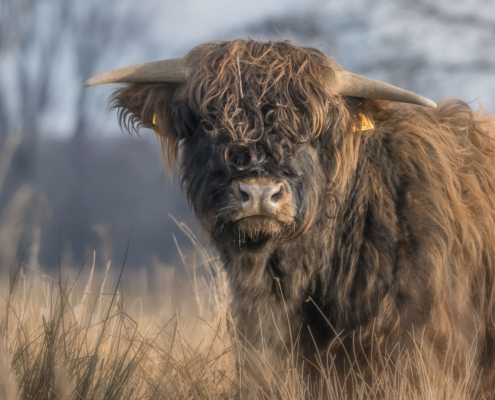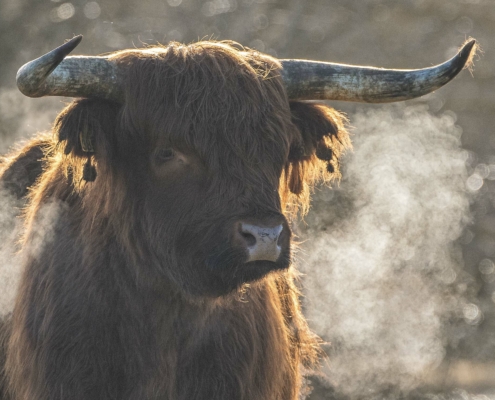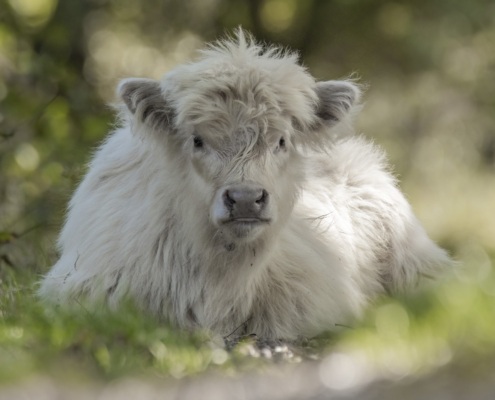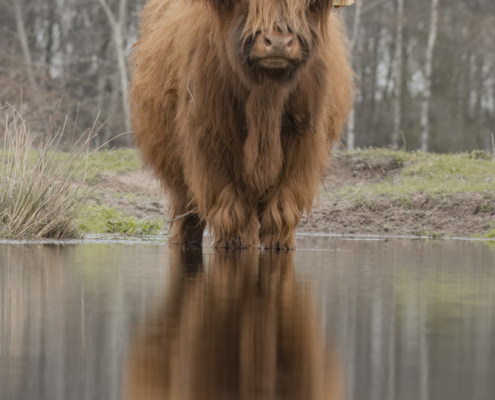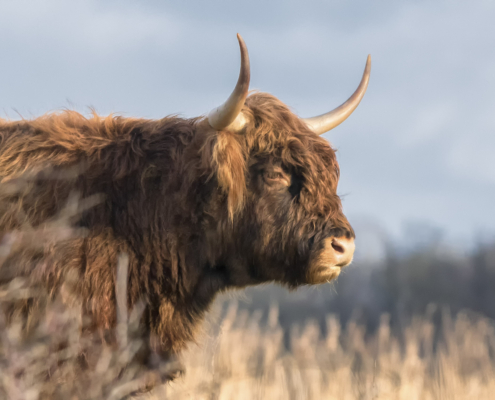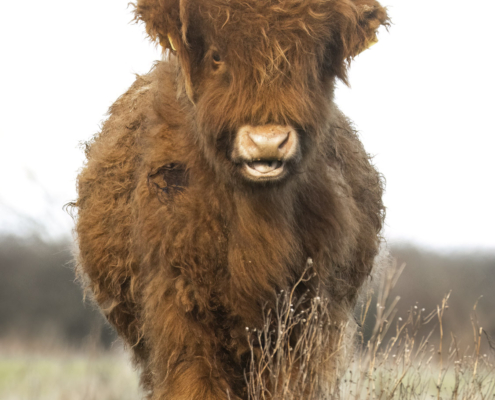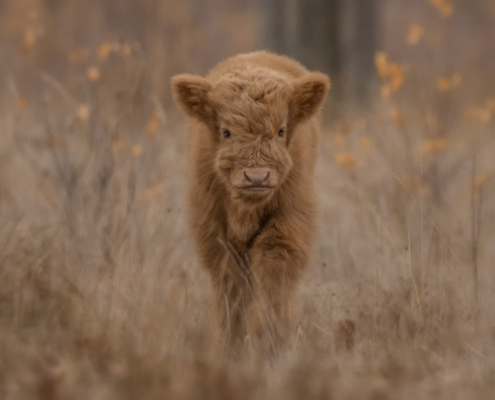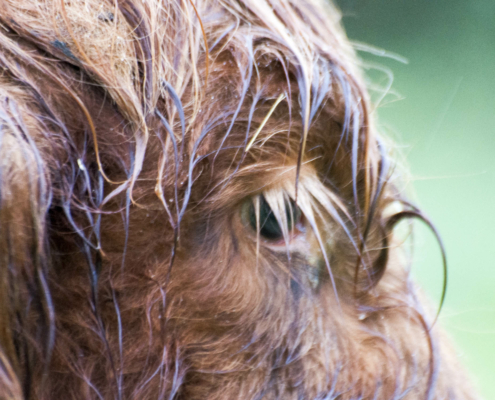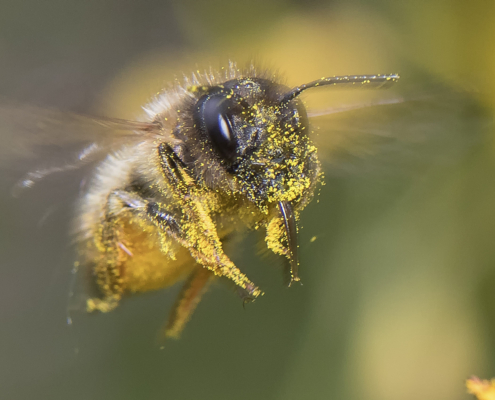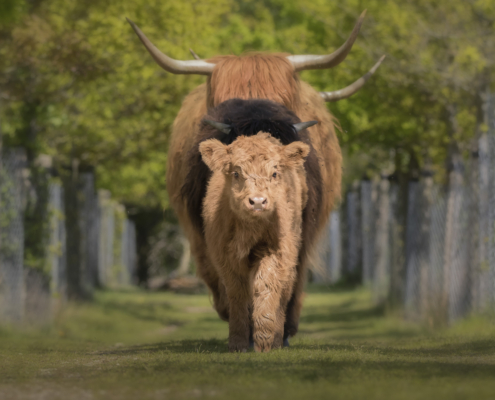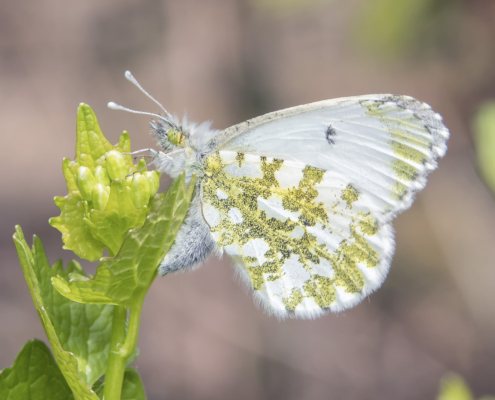 https://grazelandsrewilding.com/wp-content/uploads/2023/05/GRA-biodiversiteit-002.jpg
1500
2000
Kelly
https://grazelandsrewilding.com/wp-content/uploads/2024/02/GRA-Grazelands-rewilding-logo-def.png
Kelly2023-09-01 16:10:532024-06-05 10:00:32Geuzenwaard
https://grazelandsrewilding.com/wp-content/uploads/2023/05/GRA-biodiversiteit-002.jpg
1500
2000
Kelly
https://grazelandsrewilding.com/wp-content/uploads/2024/02/GRA-Grazelands-rewilding-logo-def.png
Kelly2023-09-01 16:10:532024-06-05 10:00:32Geuzenwaardgroen zaken doen met grazelands
Steun Grazelands Rewilding en draag bij aan een duurzame leefomgeving met meer biodiversiteit
Met jouw steun help je Grazelands Rewilding en draag je bij aan een duurzame leefomgeving met meer biodiversiteit. Wij zijn je enorm dankbaar! Bekijk de mogelijkheden.
Grazelands
Wij zetten ons in voor meer biodiversiteit in natuurgebieden in Nederland en daarbuiten. De sleutel ligt wat ons betreft bij open vlaktes met extensieve begrazing door wilde grazers, oftewel Grazelands!
contact
Paarden of runderen in nood?
Bel 06 – 24 48 25 25, we zijn 24 uur per dag bereikbaar.
Voor overige vragen: info@stichtingtaurus.nl


